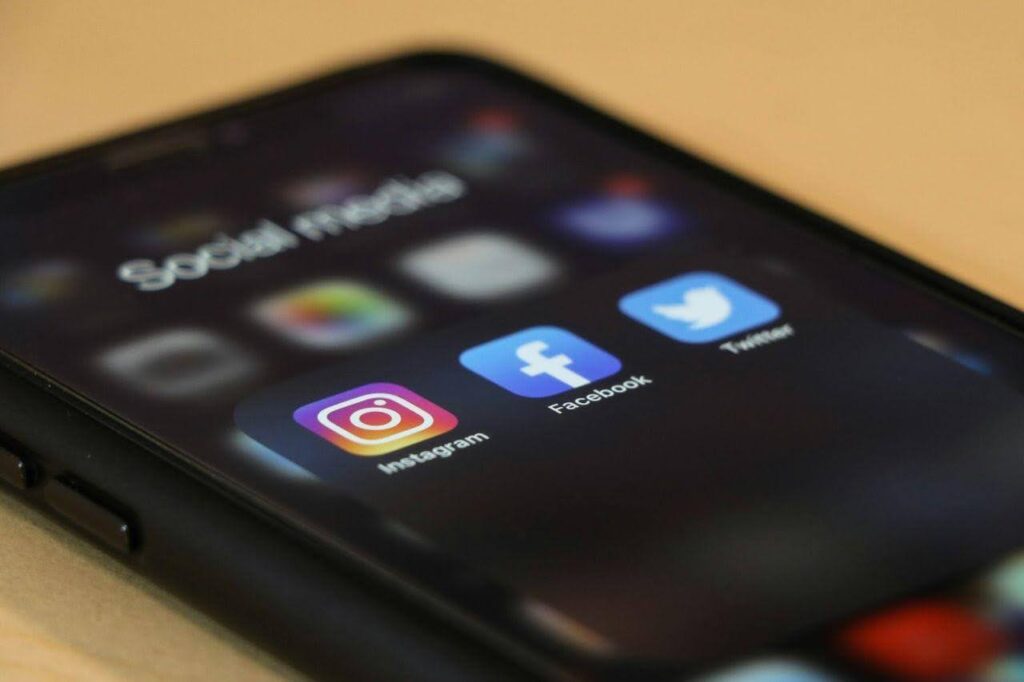This revolution in connectivity is not coming from a new network tower; instead, it is emerging from the devices we already possess. We are on the verge of experiencing this transformation. The embedded digital credential, known as the eSIM, is the catalyst making the physical SIM card—long a mainstay of mobile technology—obsolete.
Our relationships with networks are becoming more fluid and intelligent as we transition from a physical card to a dynamic, software-based profile. This shift paves the way for a future in which our devices can automatically select the best signal, our data plans can be as flexible as our lives, and our connectivity becomes a seamless service we control, rather than a product we simply own. In order to know all about eSIMs, learn more in this Holafly article.
How Modern Tech Helps in Making Smarter Choices
This shift from physical hardware to intelligent software illustrates a broader trend: technology is becoming a decision-making partner. More than simply managing our connectivity through eSIMs, smart home algorithms optimize energy use, financial apps aggregate real-time data to guide investments, and wearable devices transform biometrics into health insights. These technologies reveal hidden patterns and implications by gathering and processing massive volumes of data, enabling us to make strategic rather than intuitive decisions. Technology is highlighting the long-term costs and rewards of our daily choices, helping us live more efficiently and intentionally.
Digital Tools Empower Consumers
Tools like the eSIM promote empowerment by restoring control in a complex digital world. The calm confidence that your phone automatically adapts to your new environment allows you to arrive in a new country and instantly share a photo with a loved one without asking for a Wi-Fi password or searching for a SIM card vendor.
The ability to choose is crucial for using electronic SIM cards. Users can quickly compare data plans, set up temporary profiles for travel, or switch networks if service quality declines, all without dealing with lengthy contracts or complicated logistics.
Digital tools empower us by removing friction, not by overwhelming us with data. They put us in control, turning a logistical challenge into a simple, intuitive part of life. Instead of feeling like a consumer bound by a physical contract, you feel like a person whose technology seamlessly supports your journey, one connection at a time.
Smooth Connectivity Across All Your Devices
Modern consumers often use a wide range of connected devices, including smartphones, tablets, smartwatches, and even automobiles. eSIM simplifies this ecosystem. Users can activate and manage all their devices under a single digital profile, eliminating the need to handle multiple SIM cards.
Wearable devices such as the Apple Watch and Samsung Galaxy Watch use eSIMs to maintain independent connectivity even when the paired phone is not nearby. Similarly, connected automobiles can use eSIMs for navigation updates, entertainment streaming, and emergency calls, removing the need for physical SIM slots.
With its high interoperability and ease of use, eSIM has become essential to the expanding Internet of Things (IoT) ecosystem, which includes millions of devices requiring secure and adaptable network access.
What are the Challenges ahead ?
eSIMs offer many benefits to consumers, but they can also raise concerns about who controls connectivity. Some gadget makers limit which carriers can be used, which limits users to certain environments. Some carriers are sluggish to adopt eSIM technology or put limits on it to keep their consumers safe in some markets.

These issues highlight an ongoing tussle between the freedom to use technology and control over the market. To get the most out of eSIMs, regulators and business leaders need to ensure that standards are open and access is equitable. This will allow consumers to activate any network they choose without hidden problems.
Another worry is privacy. It is potentially feasible to trace when eSIMs are turned on, how they are used, and where they are located because they are operated from a distance. To keep customers’ trust, service providers must be honest and follow stringent rules about how to protect data.
The Bottom Line
You no longer need to sign a year-long contract or deal with a plastic sim card to change phone plans. eSIM technology is transforming how we interact with service providers. What was once a strict commitment is now a flexible experience. It is a shift from being stuck to having the freedom to move.
This is not just a technical upgrade for our watches and smartphones; it is a personal improvement for us. Our networks are finally catching up to our mobile lifestyles, giving us the power to choose directly from our pockets. Being able to interact on our own terms is no longer a luxury; it is becoming the new, simple standard.
